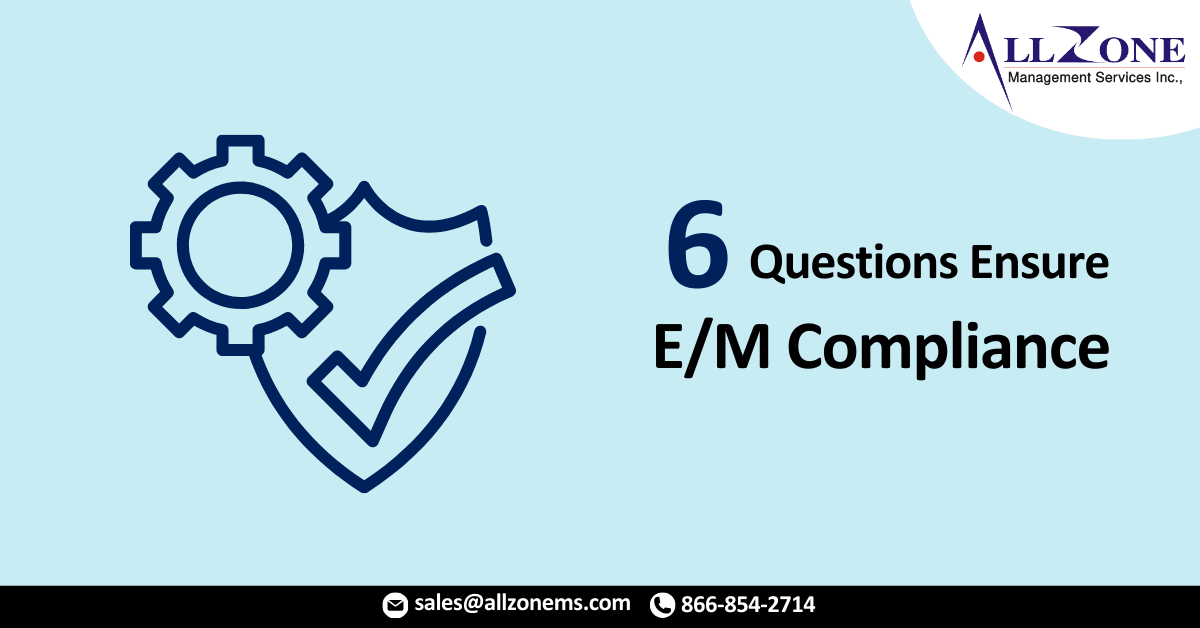Examine the utilization of Master Data Management (MDM) for coding office visits in 2021 from an auditor’s standpoint.
When educating healthcare practitioners on the 2021 documentation guidelines for office/outpatient evaluation and management (E/M) services (codes 99202–99215), it is advisable to adopt an auditor’s perspective. A comprehensive auditor’s toolkit comprises four essential components: diagnoses, data analysis, risk assessment, and the calculation of medical decision making (MDM).
Healthcare providers should self-evaluate using six key inquiries to confirm the completeness of their progress notes and ensure successful outcomes during audits:
- Does my progress note include a medically appropriate history and examination?
- Did I handle the diagnoses correctly?
- Have I documented all the relevant data and orders reviewed?
- Did I collaborate with other healthcare professionals?
- Did I incorporate an impartial historian’s input?
- Is the documentation aligned with the chosen level of risk assessment?
To facilitate comprehension, let’s delve deeper into each question, enabling a better recognition of inadequacies in a healthcare provider’s documentation.
Question 1: Thorough History and Examination
While the emphasis has shifted towards employing time or MDM for determining office visit levels, it remains imperative for practitioners to conduct and document a medically suitable history and physical examination.
Providers should understand that although these aspects are no longer primary determinants for E/M level selection, they are still encompassed in the code descriptors for 99202–99205 and 99212–99215 (i.e., “… which necessitates a medically appropriate history and/or examination”). These components should be fully documented when executed.
Question 2: Addressing Diagnoses
In calculating the overall MDM level, providers must account for the number and complexity of problems tackled during the encounter. The term “addressed” holds significance: the clinician must identify, evaluate, manage, or treat the patient’s issues for them to be considered addressed. To substantiate this, comprehensive evaluation documentation is required—covering history, examination, diagnostic measures, and treatment.
Only after identifying the genuinely addressed problems can a provider choose a level based on the definitions outlined in the audit tool. For instance, an issue like a breast lump falls into the “undiagnosed new problem with uncertain prognosis” category, constituting a moderate level for the problems addressed segment of the audit tool. This assessment is combined with data and risk evaluations to ascertain the overall MDM level. In cases of multiple issues, the provider can base their decision on the highest-level problem.
Providers should understand that although these aspects are no longer primary determinants for E/M level selection, they are still encompassed in the code descriptors for 99202–99205 and 99212–99215 (i.e., “… which necessitates a medically appropriate history and/or examination”). These components should be fully documented when executed.
Question 3: Data Review – Records, Tests, and Interpretations
The second facet of the audit examines the data—medical records, tests, and relevant information—acquired, ordered, reviewed, and interpreted during the encounter. Each distinct test (panels count as a single test), order, and/or document contributes to the count. Interpretations of tests not reported separately also hold weight.
Question 4: Data Review – Involvement of Other Professionals
The audit tool’s data review segment also encompasses discussions about management or test interpretations with pertinent sources. These sources can include external physicians, qualified healthcare professionals not in the same practice group or of different specialties/subspecialties, as well as independent providers like hospitals or home healthcare agencies. Suitable sources may even extend to non-healthcare professionals involved in patient management (e.g., lawyers, parole officers, case managers), but discussions with family or caregivers are excluded.
Question 5: Data Review – Input from Independent Historians
In cases where a patient is unable to provide a complete history due to developmental stage, dementia, or psychosis, providers can rely on independent historians (e.g., parents, spouses, guardians) to offer additional history. This supplementary history can also be essential if a confirmatory history is deemed necessary.
The audit tool collates and categorizes the data elements mentioned in points three through five. The combination determines the data portion’s level. For example, if a provider’s documentation states that they engaged an independent historian, ordered a metabolic panel, and discussed care management with a patient’s social worker, their documentation supports a moderate level of data reviewed and analyzed. This, along with the diagnosis and risk levels, contributes to the overall MDM level determination.
Question 6: Evaluation of Risk Level
The audit’s third section assesses morbidity risk. Morbidity refers to sustained illness, functional impairment, or organ damage anticipated to endure beyond treatment. For MDM assessment, risk level is based on the consequences of addressed problems when appropriately treated.
Risk levels are categorized as minimal, low, moderate, and high. Examples of moderate risk involve prescription drug management and situations where social determinants of health significantly limit diagnosis/treatment. High-risk instances could encompass drug therapy requiring intensive toxicity monitoring and decisions regarding hospitalization. Auditors scrutinize documentation for content corroborating the identified risk level.
Determining the Overall MDM
After assessing individual levels for diagnoses, data, and risk, the final MDM level depends on the visit documentation meeting or surpassing two of three elements for a specific MDM level. For instance, a scenario featuring a low diagnostic level, high data level, and moderate risk level would lead to an overall moderate MDM level.
In essence, an audit entails reviewing documentation to ascertain that providers duly acknowledge all MDM-related work performed and that the assigned CPT® code aligns with well-supported documentation. By applying the six aforementioned questions, providers can ensure their progress notes accurately reflect their efforts and substantiate assigned visit levels.

